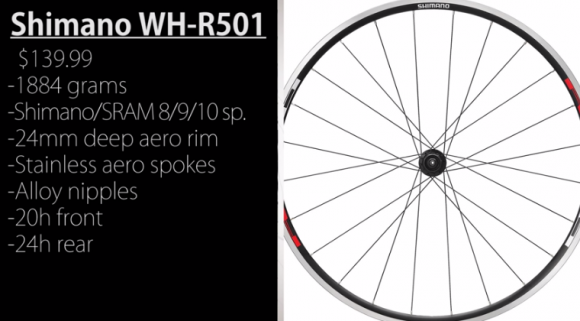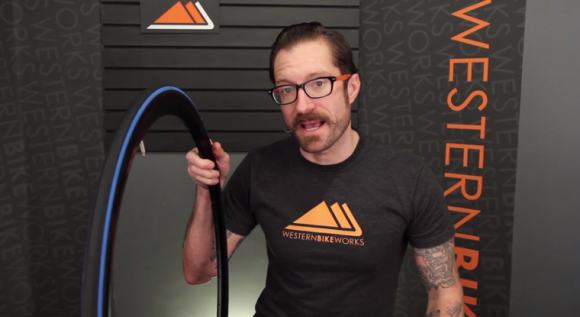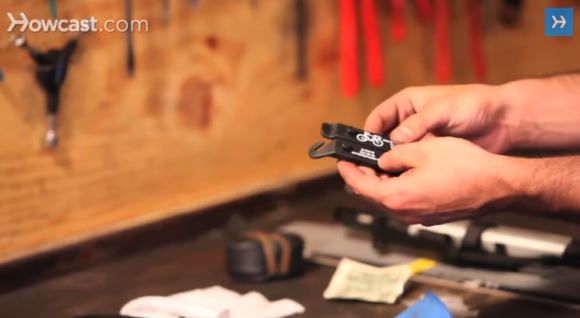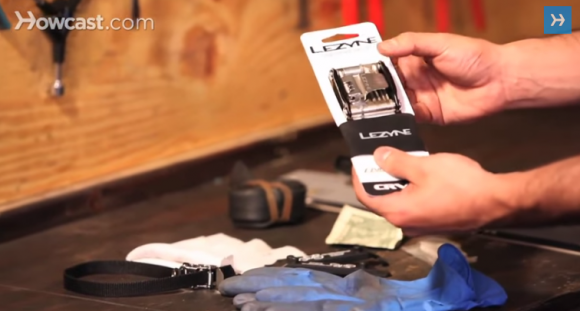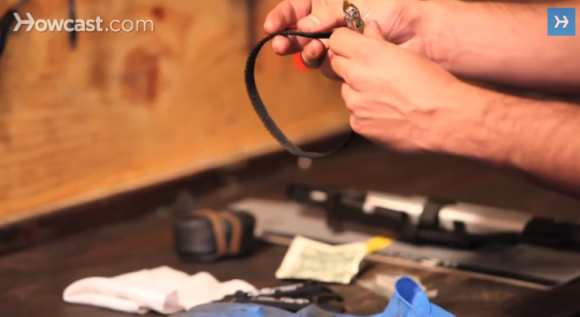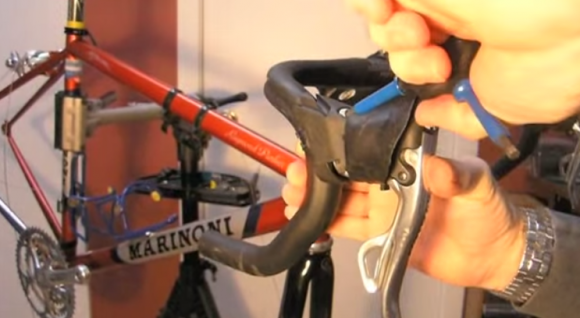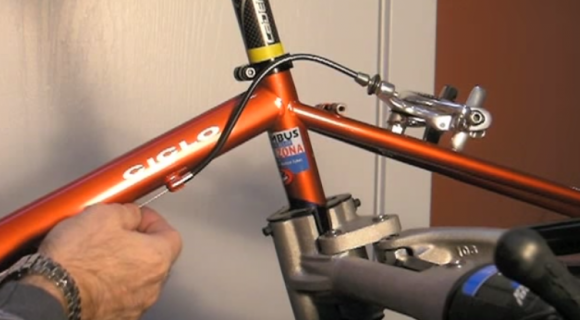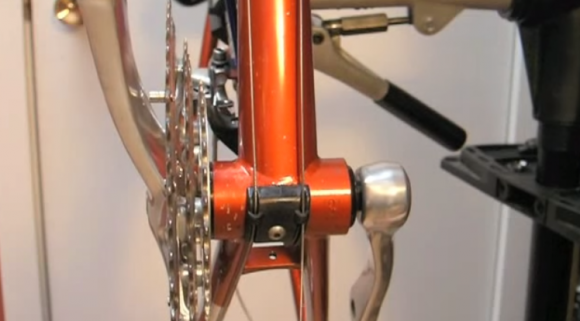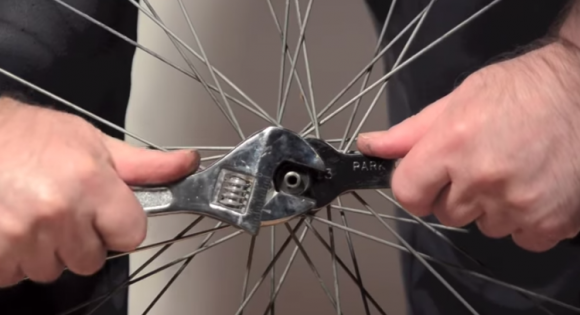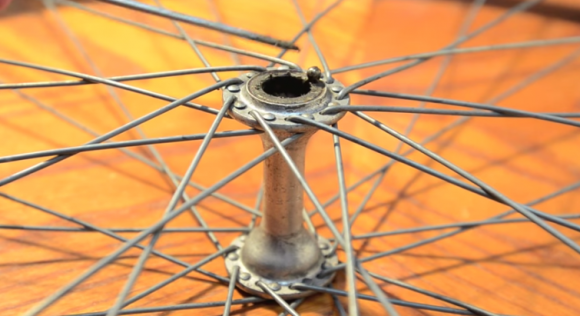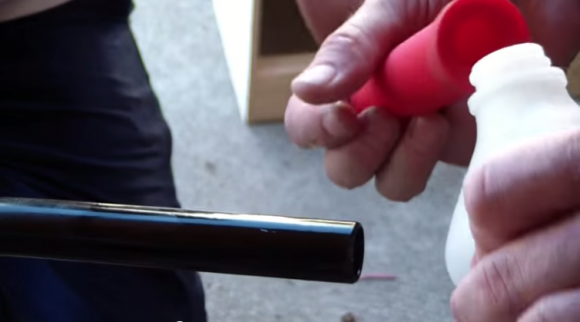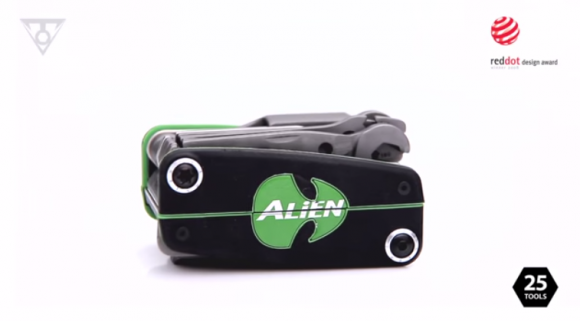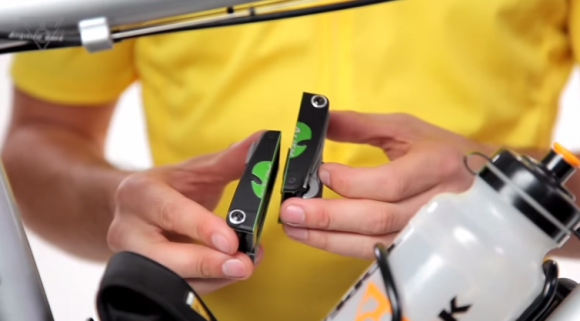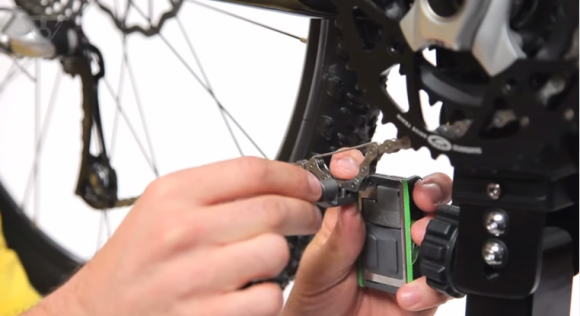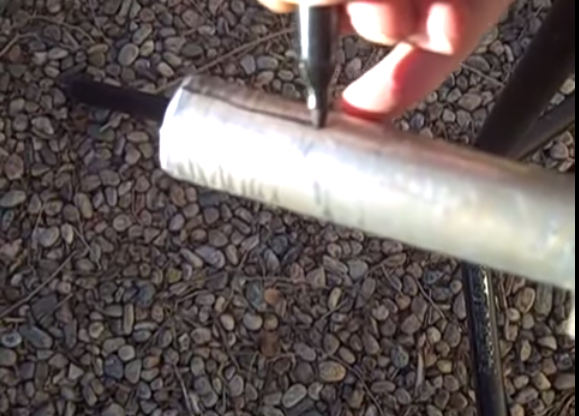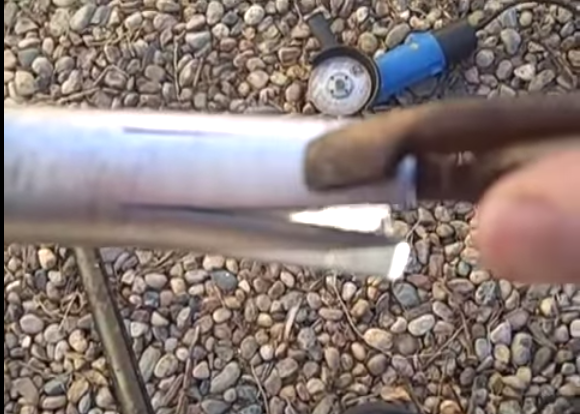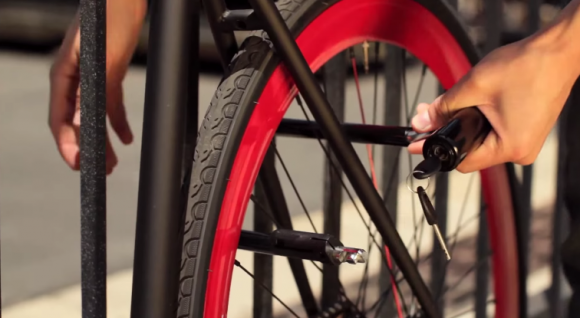With the Continental Grand Prix 4000 S II, the last compromise really has been eliminated—Conti's magic Black Chili performance tires are now available with bold, bright sidewall color options, so those looking for a little coordination no longer have to choose between the best performing tire and a sweet-looking ride.

Continental Grand Prix 4000 S II 700c Road Tire
Despite its style upgrade, the Grand Prix 4000 S II is actually grippier, more durable, and faster than its predecessor. That's because Continental is able to improve their exclusive Black Chili just a little bit every year, thanks to their continued dedication to research and development.
What is Black Chili? It's a unique rubber compound with an ultra-dense construction and high silica content, allowing it to deliver outstanding grip and blazing fast speeds. This cutting-edge formula is also optimized for reliability and longevity, making it a great choice when both performance and durability are top priorities. Just like the name suggests, it's only available in black. Luckily, tje new colorful sidewall doesn't interfere with the tire's primary contact patch, so you get all of the benefits and none of the sacrifice.
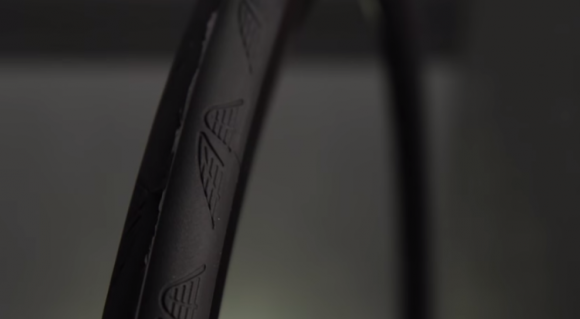
Black Chili Rubber Compound Tire Skin
The GP 4000 S II also features Conti's patented Vectran puncture protection breaker. Vectran was originally developed by NASA in the construction of space shuttles and suits, and Continental has brought its otherworldly lightweight protection to bike tires, making these lightweight tires impressively flat-resistant.
All in all, the GP 4000 S II is Continental's most advanced racing clincher yet, with a truly unique blend of speed, durability, and, now, aesthetics. Thanks to the high-tech materials and years of testing and development, the GP 4000 S II delivers low rolling resistance and superb handling with exceptional puncture protection and higher mileage performance than a typical race tire.
The Grand Prix 4000 S features three fabric plies for a total of 330 TPI, and has a Kevlar folding bead and a max inflation pressure of 120 PSI. Black 700c x 23mm weighs 205 grams; color versions weigh 215 grams. The 4000 S II is available in 700c (622 ISO) and various widths.
